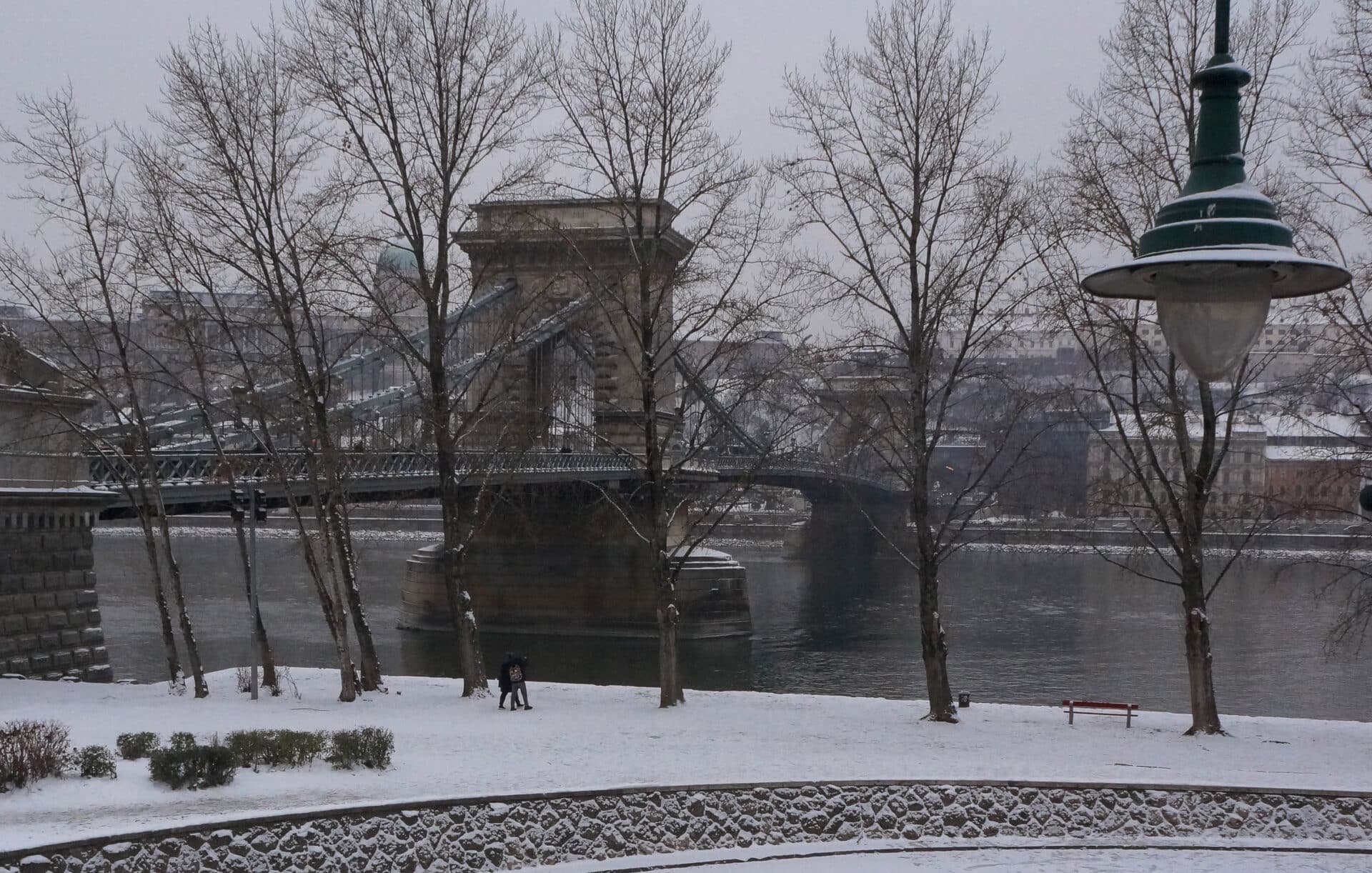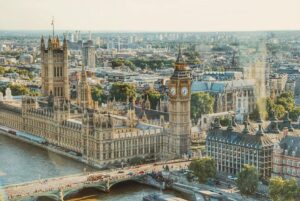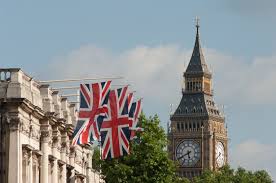Winter is finally upon us. An extra duvet, more blankets and a hot water bottle is making it harder and harder to get out of bed in the morning. There is nothing like feeling warm in the winter and, as I lie in bed in denial, I often think back to my trip to Budapest and its warm thermal baths.
There are a few hot springs in Portugal and the name Alfama (Lisbon’s oldest neighbourhood) even comes from the Arabic word Al-hamma which means “hot fountains” or “baths”. However, Budapest is known for its thermal baths in the same way that Portugal is known for its beaches.
The city of Budapest was officially established in 1873 by merging the three cities Buda, Pest and Óbuba (which obviously got the short end of the stick). Now, almost 150 years later, Budapest is still considered one city, but there is still a clear distinction between Buda and Pest, which are divided by the Danube River.
It was the Chain Bridge, inaugurated in 1849, that first connected the two cities. Széchenyi Chain Bridge is the official name of the bridge, named after the man who conceived the idea and brought it to life. István Széchenyi was a politician and a writer, and is remembered today as “the Greatest Hungarian”. Unfortunately, he never made it to the inauguration.
The inauguration took place the same year as a failed revolution against the Austrian Empire. For that reason, the ceremony wasn’t the most festive and only soldiers and a few people passing by took part. During its construction, both sides had even tried to blow up the bridge amidst the revolution to stop enemy troops from crossing over.
At the time, Széchenyi had been committed to a mental institution following the failed revolution. The Austrian rule did not align with Széchenyi’s way of thinking and his bright vision for Hungary, which led him to take his own life before he ever had the opportunity of crossing the bridge.
Before the construction of the Chain Bridge, crossing was only possible by a wooden bridge held up by 42 small boats that had to be dismantled every winter. The crossing of the improvised bridge was taxed and during the three to four winter months that the bridge was taken apart, crossing the river was only possible by boat.
The Chain Bridge itself was designed by an Englishmen, William Tierney Clark, and the construction was supervised by a Scottish engineer, Adam Clark, who ended up marrying a Hungarian girl and moving to Hungary where he could forever admire his work. Funnily enough, there is no relation between the Clarks – I looked it up.
At the end of each side of the bridge are two lion sculptures created by the sculptor János Marschalkó and it is a widespread legend in Budapest that the lions have no tongues. The sculptures were placed three years after the bridge’s inauguration for everyone to admire until the apprentice of a shoemaker one day cried out that the lions had no tongues. The rumour quickly spread across the city and the sculptor was ridiculed for having forgotten to make tongues for the lions.
This became a popular topic in 19th century Budapest. Marschalkó eventually responded that he had, in fact, created tongues for the lions but deliberately made them invisible. The sculptor became resentful that, despite his many works in Budapest, he would only be remembered due to this rumour.
For that reason, Marschalkó bet all his doubters that, when the circus came to town, they would not be able to see the tongue inside the lion’s mouth. He then took the people who ridiculed him to the circus and proved that he was right. In the end, he donated the considerable amount of money he had won to charity.
The lions to this day still guard the passage to Buda and to Pest, now one city with two different personalities divided by the river. Buda which is the west side of the city is more regal containing most of the city’s monuments. If, when visiting, you are surrounded by lots of hills, castles, churches and monasteries then you are in Buda. Pest is on the east side and is the more bustling and livelier part of the city. It is also where I came across the best hot wine, also known as mulled wine. It is a hot drink made with red wine, spices and fruit, and is typically served at Christmas markets around Europe and is just one more way to enjoy feeling warm during the winter.
By Jay Costa Owen
|| features@algarveresident.com
Jay recently graduated from the Faculty of Fine Artes in Lisbon. Jay’s interests are exploring new cultures through photography and the myths, legends and history that define them.





























